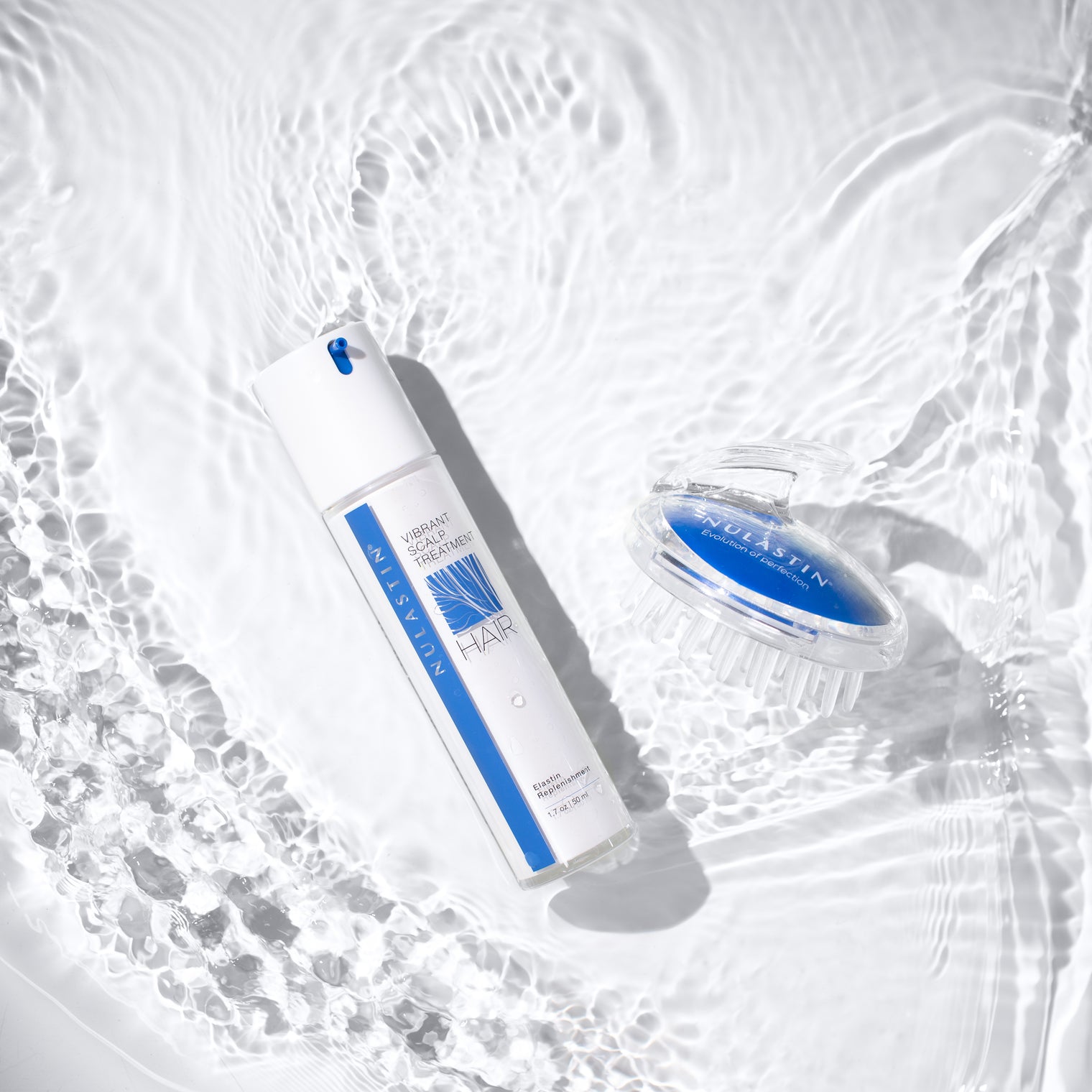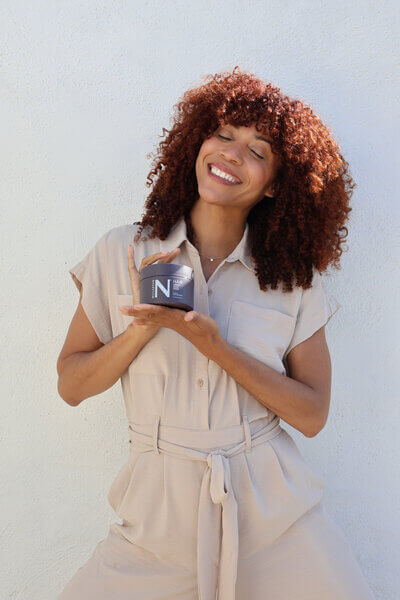When we think about summer, the first things that come to mind are warm weather, long days spent swimming, and the handful of beauty benefits that come along with the year’s most sunny season. From the volume boost you’ll notice after swimming in salty water to the skin-protecting barrier that the sun can offer, there are a wide variety of benefits that the summer can have on your hair and skin. Unfortunately, there are some downsides that the year’s warmest months present which can be harmful to your hair and skin as well. Among the worst of them? Chlorine. It’s almost impossible to avoid in the summer months, especially when it’s 95 degrees out and that glistening pool is right at your feet! But that doesn’t mean you can’t take steps to prevent (and even reverse) chlorine’s damaging effects. Stay with us to learn just how damaging chlorine can be to your hair, steps you can take to avoid unnecessary harm to your hair, and a way to reverse hair damage you thought was irreparable.
What Chlorine Does to Hair
Let’s start with what chlorine actually is. Chlorine is a chemical element used for disinfecting. It helps keep bacteria at bay and is essential for a healthy pool. Without chlorine, swimmers would be at risk for all sorts of serious infections and illnesses. But that doesn’t mean it doesn’t have its own side effects. While we’re thankful for chlorine’s health-protecting properties, we’re not so thankful for the damage it can have on our hair. Any time you swim in a pool, the chlorine in the water can:
- Remove moisture
- Expel natural oils
- Weaken hair strands
- Promote split ends
- Fade/change color
- Strip toner
- Cause dandruff
How to Protect Your Hair From Chlorine
There’s no doubt that chlorine can wreak havoc on even the healthiest head of hair. Thankfully, chlorine damage is very preventable (*sigh of relief*). You don’t want all of those months, and even years, you spent caring for your luscious locks to go to waste. That’s why we’ve put together a few tips on how you can sidestep chlorine’s harmful effects this summer.
- Use a Leave-In Conditioner | When you apply a leave-in conditioner to your hair, you lock in essential moisture. By wetting your hair first to soak your strands with moisture and then adding a protective barrier of conditioner, you’re locking out the chlorine and keeping the chlorine from penetrating your hair and drying it out. Generously apply your favorite leave-in conditioner before diving in next.
- Apply Natural Oils | We’ve already gone over the fact that chlorine can strip your hair of natural oils, drying it out and leaving it susceptible to breakage. That’s why it’s important to add in additional natural oils. Shielding your hair with an extra layer of water-resistant protection doesn’t have to be expensive. Oils such as coconut oil and olive oil serve as excellent water barriers that prevent chlorine damage. Olive oil is filled with antioxidants and vitamins A and E that help protect your hair’s keratin. If you’re looking for the cheaper alternative, coconut oil is extremely rich in healthy fatty acids that work wonders to moisturize your hair and scalp.
- Wear a Swim Cap | We know, we know. You’re probably laughing or rolling your eyes right now, but if you’re looking to completely protect your hair from chlorine damage, there’s no better option than a swim cap. An hour of feeling a bit silly is better than an entire season spent trying to repair dry, weak, damaged hair. And hey, Olympic swimming just finished — so swimming caps are in vogue right now. Well, maybe not yet. But when they are, don’t forget that you heard it here first!
- Wash Your Hair Right Away | The shorter the amount of time that chlorine is in your hair, the less opportunity it has to damage your hair. Even if you are not able to shower right away, washing your hair out in an outdoor shower or a nearby sink with regular tap water will do the trick. When you eventually do have the opportunity to shower, make sure you rinse your hair well with a chlorine-removal shampoo. There are more than a few clarifying shampoos that cut through the chemical and mineral buildup — removing lasting residues, chemical odors, and canceling out green and brassy tones.

How to Reverse Chlorine Damage
We’ve gone over exactly how chlorine damages your hair and the steps that you can take to prevent unnecessary damage. But what if the damage has already been done? While chlorine-damaged hair can be stressful to deal with, it doesn’t have to be permanent. Hair damaged by chlorine looks dry, brittle, and prone to breakage. That’s why you’ll want to strengthen your strands, repairing them from the harm that has already been done and protecting them from future damage. Our HAIR Vibrant Scalp Treatment is an advanced hair treatment developed with Elastaplex™ Technology to maintain hair vitality. By using it twice daily, you can nourish and rejuvenate your scalp and stimulate degraded hair follicles which strengthens hair-producing cells. Chlorine damage may not always be avoidable, but by following the above preventative tips, you can minimize chlorine’s harmful effects this summer!

